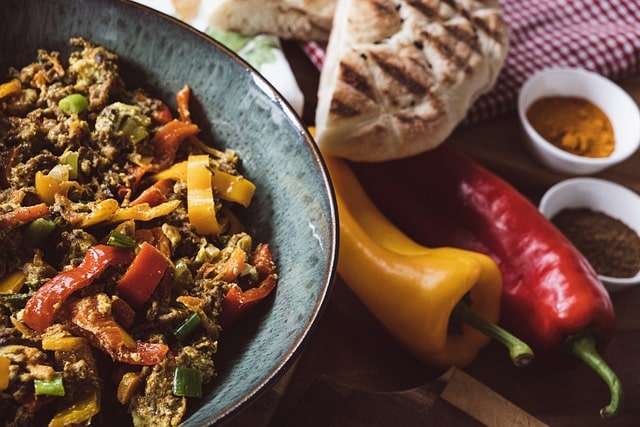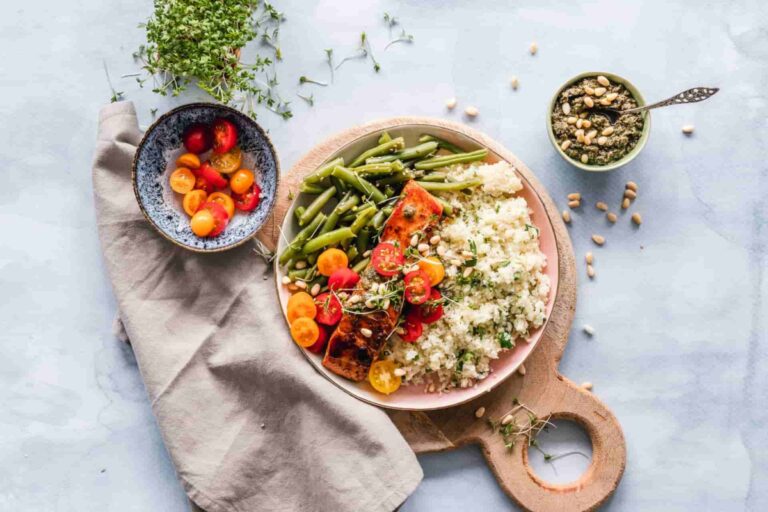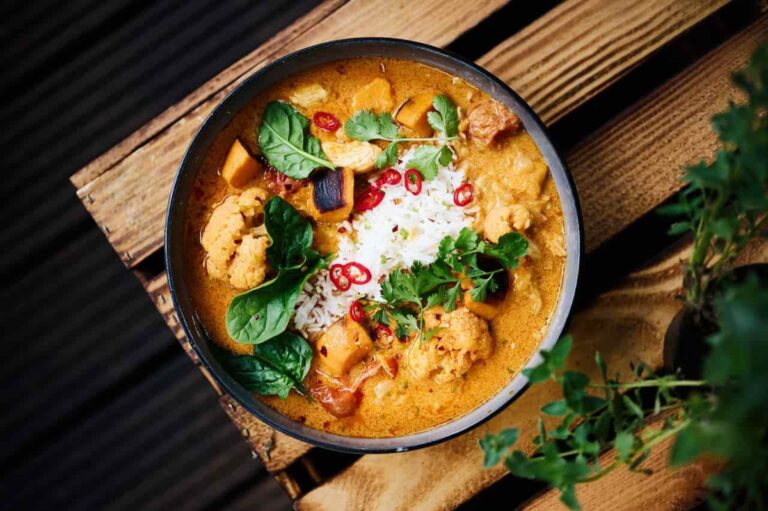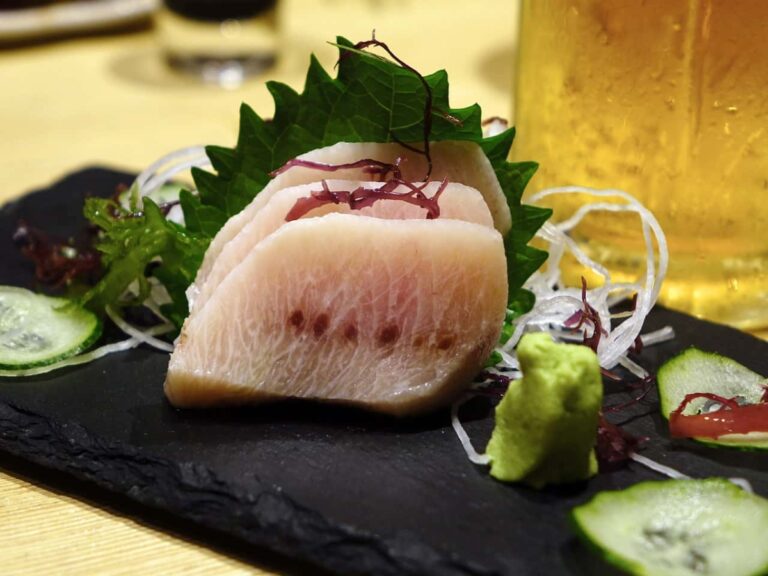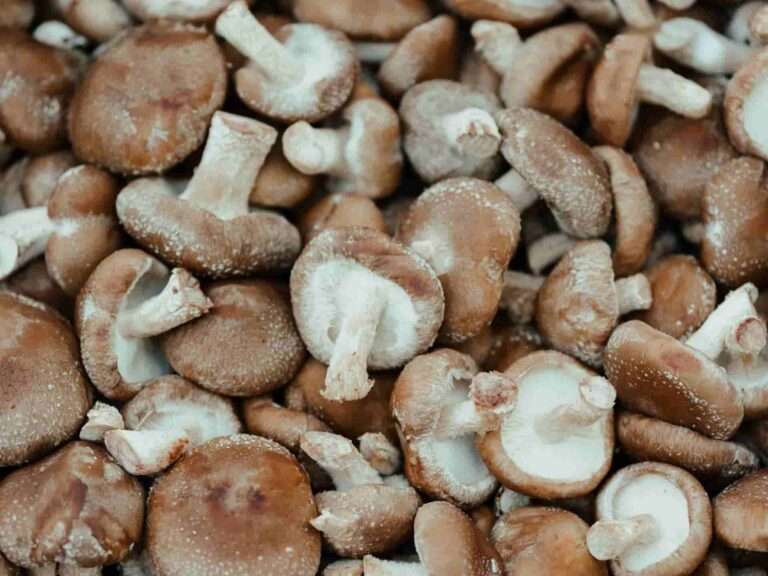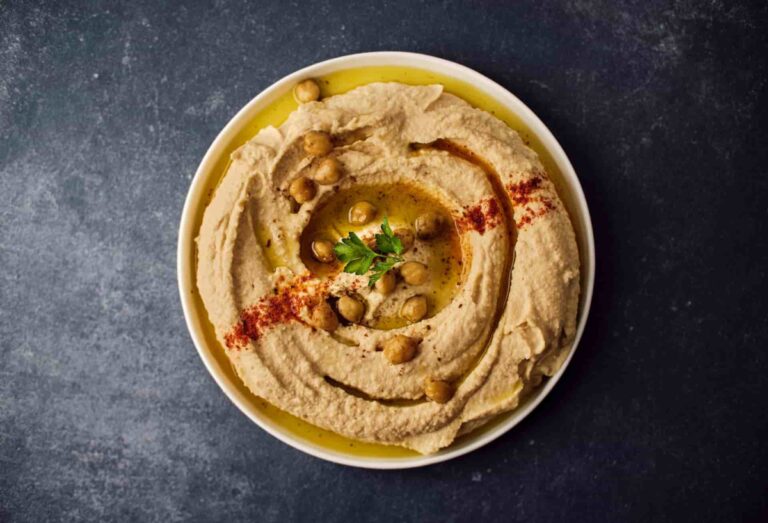32 top turmeric kitchen insights and benefits
Did you know that in ancient India, turmeric was used as a dye for textiles and threads?
- The usage of this substance as a dye for clothes has been going on for centuries in a number of monasteries, and this practice is still occurring today. As an additional use, it is used as a colouring agent in the manufacturing of cheese, butter, and several other foods.
- Indian saffron is the traditional name for turmeric, which is believed to have originated in southern India around four thousand years ago. This area continues to be the most productive producer on the whole globe. The Vedic civilization, which existed between 1750 and 500 BCE, is known to have made use of it. It began in India and spread to China by the year 700 AD, East Africa by the year 800 AD, and West Africa by the year 1200 AD.
- It was not until the 1870s that researchers discovered that the orange-yellow root powder of turmeric, when subjected to alkali, transformed into a hue that was intermediate between red and brown. As a consequence of this, turmeric paper, which is sometimes referred to as curcuma paper, was developed. This paper was used as a test to identify whether or not a product was alkaline.
- Perhaps the most well-known characteristic of turmeric is the bright yellow colour that it imparts to curry. In ancient India, indigo was used for millennia as a dye for clothes and threads, and it is still utilised as a dye for garments in a number of monasteries today. According to the findings of archaeological excavations, dyeing was a significant economic activity in Mesopotamia, India, and Egypt during the third millennium before the common era.
- This golden spice, also known as the spice of life, was believed to have been connected with the sun in ancient India. The worship of the Sun Gods was a major focus throughout that historical period. The turmeric pack is not only used for the bride, as was said above, but also for the groom. It is not only used for its beauty value, but it is also supposed to soothe nerves and reduce any worry that may be present before the big day. Turmeric is connected with fertility and wealth.

Turmeric nutrition values and health benefits
- Researchers have looked into the effects of the curcumin in turmeric on human health. Because of its high content of curcumin, turmeric is also abundant in vitamin C, vitamin B6, and other antioxidants, all of which have the potential to lower the risk of developing major health disorders such as diabetes and cardiovascular disease.
- There is a possibility that curcumin will raise the levels of antioxidants in your body. There are a number of environmental and behavioural variables, including pollution and cigarette smoke, that may cause your body to accumulate potentially harmful free radicals. Antioxidants are able to help manage these free radicals. The presence of an excessive amount of free radicals may cause damage to your DNA, as well as your proteins and fatty tissues.
- Clinical investigations have indicated that turmeric has a potential impact on relieving symptoms of sadness and anxiety. However, turmeric is not a replacement for therapies such as therapy or medicine on its own. Curcumin has been proven to alleviate a variety of health problems, including inflammation, hypothyroidism, and damage caused by free radicals, which can contribute to poor mental health. Although the reasons for depression are complicated, scientists think that these physical problems also contribute to poor mental health.
- When inflammation is not under control, it may have negative consequences for your digestive tract, joints, and other regions of your body. Inflammation is your body’s normal reaction to conditions such as stress or illness. It is even capable of influencing the quality of your sleep. Because turmeric contains curcumin, it may be able to help reduce inflammation. One study, for instance, discovered that turmeric, when taken in greater dosages, had an impact that was comparable to that of ibuprofen in terms of lowering inflammation.
- Curcumin may also assist in improving your memory as well as the overall health of your brain. The results of preliminary research indicate that consuming curcumin on a daily basis in modest doses may assist in the enhancement of brain chemicals that are associated with improved memory formation and its development. According to research, curcumin may also reduce the likelihood of developing Alzheimer’s disease and dementia.
- Curcumin or turmeric may provide protection against some forms of colitis, stomach ulcers, and excessive cholesterol, according to those who have conducted further early laboratory tests. According to the findings of much research, turmeric and curcumin may also be useful in the treatment of gastrointestinal distress, diabetes, depression, HIV, uveitis, and viral infections.
- Take into consideration that the majority of these investigations have been conducted in a laboratory setting. In the clinical setting, researchers have not yet shown that turmeric and curcumin will enhance your health. Therefore, it is too soon to judge whether or not turmeric has any potential health advantages or whether or not it would help you feel better. Checking with your physician is a smart idea before attempting to use turmeric as a treatment for inflammation, discomfort, or a condition that you are currently experiencing.
- Curcumin and turmeric are usually considered to be safe. If you consume a large quantity of it in quantities obtained from tablets, capsules, or gummies, you will have a greater likelihood of experiencing adverse effects. Especially when taken in large dosages or after prolonged usage, it has the potential to induce nausea, diarrhoea, or ulcers in the stomach.
- For the most part, turmeric is safe to consume. However, if you have any of the following health issues, you should exercise caution, and it is always a good idea to consult with your physician before embarking on any supplement regimen. In the event that you have any of the following conditions: Conditions such as gallstones, kidney disease, bleeding problems, diabetes, and immune system dysfunction.
100g of turmeric has 354 calories (1481 kJ), 8g of protein, 10g of fat, and 65g of carbs, including 21g of fibre.
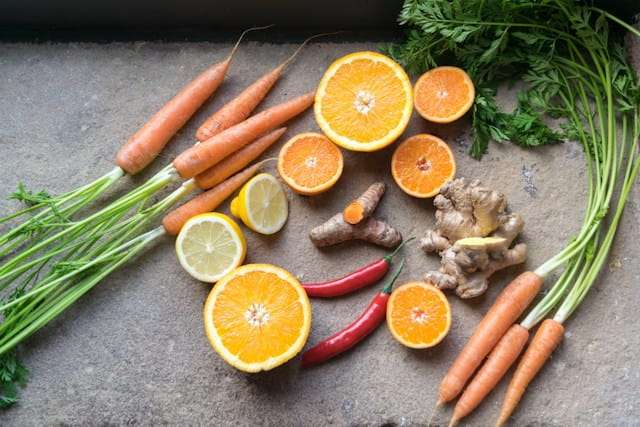
How to store turmeric and how to buy them
- When it comes to turmeric powder, the shelf life might vary based on a number of variables, including the container and the circumstances under which it is stored. When kept in a cool, dry environment that is shielded from light and moisture, turmeric powder has the potential to extend its shelf life to a maximum of three years. It is essential to verify the expiration date on the container before using turmeric powder, since any turmeric powder that has passed its expiration date may have lost its flavour and may no longer provide the same health advantages.
- The best way to guarantee the product’s effectiveness and freshness is to buy it in smaller amounts. When the container is not being used, make sure it is properly shut to reduce the amount of airflow. In addition, if you measure turmeric powder straight from the container into a dish, you run the risk of introducing undesirable moisture and condensation. Utilise a separate utensil or spoon to scoop out the necessary quantity in order to preserve its potency and freshness.
- Things that may have an impact on the qualities of turmeric powder and how to fix them:
- Temperatures that are too high will hasten the oxidation process of turmeric powder, which can result in the loss of flavour and vital oils.
- It is possible for turmeric powder to become ineffective and clump together when exposed to moisture. Furthermore, it might result in the development of mould, which is known to be hazardous to one’s health.
- Additionally, exposure to light may cause the essential oils found in turmeric to degrade, which results in a loss of flavour and colour.
- When it comes to the shelf life of turmeric powder, the container might have an effect. Oxidation and spoiling are both possible outcomes of product exposure to air and light. For this reason, it is the best practice to keep turmeric in a container that is airtight and away from light.
- You should keep turmeric powder in a cool, dry area that is free from direct sunlight, heat, and moisture. This is the optimal storage setting for turmeric powder. It is possible to prolong the shelf life of turmeric powder by storing it in the refrigerator; however, an airtight container is required to prevent moisture from entering the container.
- There are a variety of strategies and methods that may be used to maintain the usefulness and freshness of turmeric powder over an extended period of time.
- When acquiring turmeric powder, it is advisable to purchase smaller amounts so that it does not remain on the shelf of the pantry for an excessive amount of time.
- In order to avoid moisture damaging the shelf life of turmeric powder, it is important to make sure that measuring spoons and cups are well-clean and dry before using them.
- In addition, using turmeric powder in recipes is a good strategy to ensure that your spice is used on a consistent basis and to increase the amount of time that it can be stored.
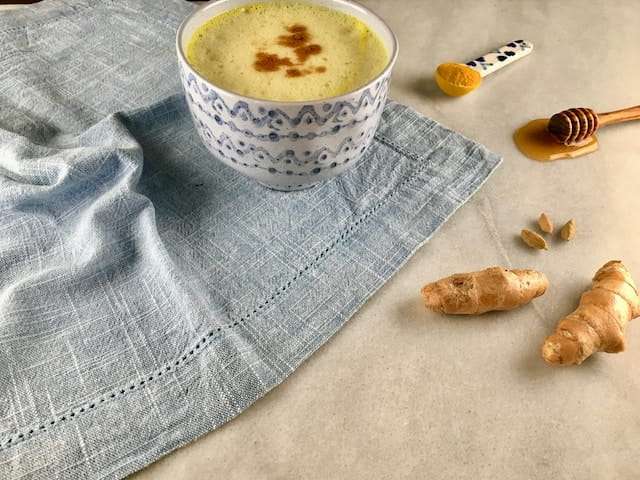
Cooking techniques, secrets, and tips from the kitchen
- The primary purpose of turmeric in cuisine is not to provide flavour; rather, it is to impart healthfulness and, secondly, colour. This is one of the many reasons why turmeric is a spice that is unlike any other. In order to ensure that your culinary love affair with turmeric continues to flourish, it is important to keep in mind that a little amount may go a long way.
- Turmeric, whether it is fresh or dried, has a flavour that is earthy and refreshingly bitter, and it enhances the flavours of other spices. The peppery and lemony overtones that it has also make it a delightful spice for flavouring foods on its own. However, it is always a good idea to add a sprinkle of black pepper, since this gives the spice a kick that counterbalances the astringent side of turmeric.
- Get a few pieces of the knobby part of the turmeric root and keep them on hand if you are fortunate enough to come across fresh turmeric root. After that, all that is required is to grate the root in the same manner that you would grate fresh ginger and then include it in meals in which you want the distinctive flavours of turmeric to appear. Use cooking gloves while peeling and grating fresh turmeric since it has the potential to leave a stain on your hands.
- When it comes to cooking with ground turmeric, which is sometimes referred to as turmeric root, a little amount goes a very long way. When it comes to flavouring bean meals, rice dishes, whole grains, soups, stews, sauces, marinades, and pickling brines, a half teaspoon of powder turmeric is often sufficient. A morning scramble of eggs, a pot of creamy mac and cheese, and even cakes and sweets may all benefit from the addition of ground turmeric, which adds an appetising colour to the dish.
- White turmeric is a cousin of the yellow kind that is not as well known, although it seems to be gaining some popularity and attention in the western world during the last few months. Although white turmeric, also known as Curcuma zedoary, is not as often used in Indian cuisine as its yellow counterpart, it has been a well-liked component in the preparation of pickles for a considerable amount of time. It has a flavour that is distinctly mango-like, and its look is more similar to ginger than it is to mango.
- You can’t go wrong with a steaming cup of turmeric tea if you’re looking for a hot beverage that has a healthy taste. Put a quarter of a teaspoon of powdered turmeric into a cup and mix it with a quarter to one teaspoon of pure maple syrup. Include one cup of water that is already boiling. To finish, mix in a few mg of black pepper and swirl to incorporate. Add a squeeze of lemon or a splash of plant milk to the beverage in the same manner that you would do so with any other cup of tea on the market.
- The use of turmeric, in addition to rice, is an essential component of a great deal of Indian cuisine. It imparts a warm and earthy scent while also adding depth and complexity to the flavours, which are already rather complex. When it comes to the creation of the distinctive flavour of Indian curries, turmeric plays a significant part in everything from the creamy butter chicken to the fiery vegetable masala. The use of lentil dishes, such as dal, is yet another common method of incorporating turmeric into Indian cuisine. The use of turmeric in conjunction with lentils results in a meal that is both reassuring and nourishing, and it is a dish that is quite popular in India.

The history of turmeric, from the beginning until today
- The use of turmeric, which is well-known for its medicinal benefits, became an essential component of Ayurvedic cookery in India. Rice preparations, lentil meals, and curries were all improved in terms of flavour and colour by the addition of this ingredient. The warm and earthy tones of turmeric offered depth to these culinary creations, while the vivid yellow colour of turmeric brought visual appeal to the table.
- Ancient Southeast Asian cuisines, such as Thai and Indonesian, relied heavily on turmeric as a primary ingredient. This ingredient was used in the preparation of curry pastes, stir-fries, and marinades, imparting its distinctive flavour and vibrant colour to the recipes. The adaptability of turmeric made it possible to combine it with a wide range of substances, resulting in flavours that were both complex and fragrant.
- Turmeric made its way into the culinary landscape even in ancient Europe, namely in Rome and Greece. The use of this substance as a natural food colouring additive resulted in foods and drinks gaining a more colourful appearance. When it came to making sauces and condiments with a golden tint, the Romans were especially fond of creating them using turmeric.
- The use of turmeric as a dye, which gave fabrics a bright yellow colour, was the primary reason for its initial importance. The gastronomic potential of the region, on the other hand, quickly attracted the attention of European chefs and food connoisseurs. The use of turmeric grew more popular as an ingredient because it imparted a sense of exoticism to foods and introduced new flavours to the palates of Europeans.
- Turmeric’s popularity increased as trade routes extended, and it eventually became a standard ingredient in the kitchens of Western countries. It managed to make its way into classic cuisines such as mustard mixes from France and curry powders from the United Kingdom. As chefs experimented with the adaptability of turmeric in a broad variety of dishes, the unique flavour and brilliant colour of turmeric became associated with food from throughout the world.
- At this point in time, turmeric has firmly established itself in the culinary traditions of Western countries. There are a wide variety of foods that include it, ranging from smoothies and baked products to stews and soups. Not only has its trip from the East to the West improved our taste buds, but it has also increased our understanding of the myriad flavours and cultural interactions that define the landscape of our global food system.
